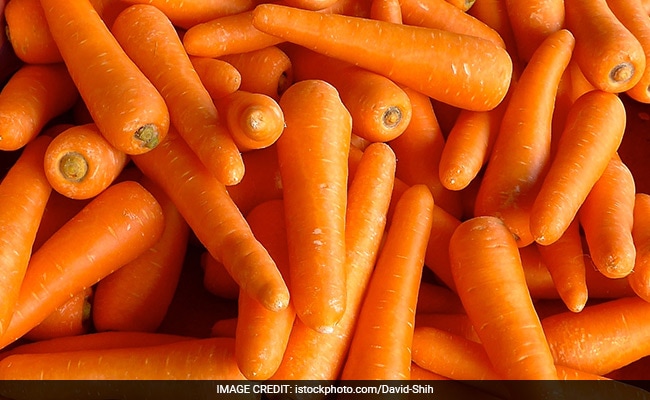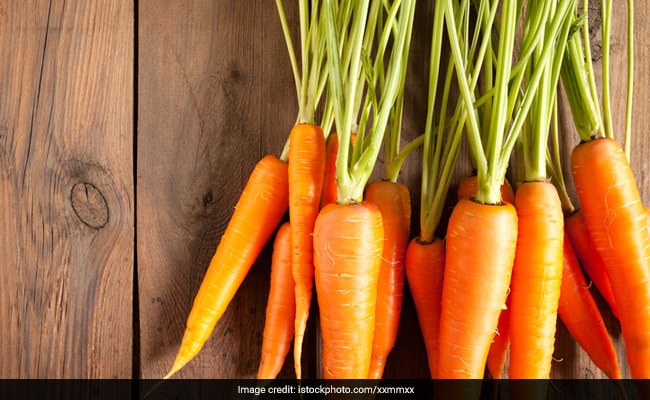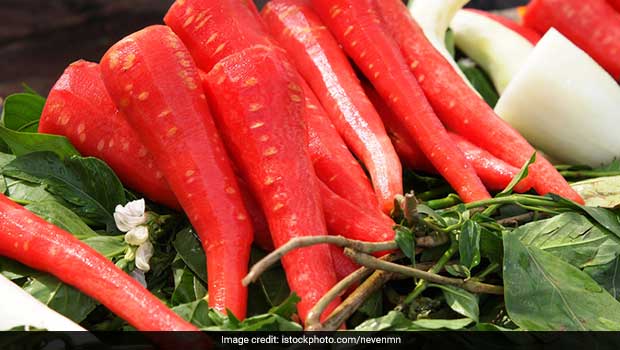Red Carrots (Desi Gajar) Versus Orange Carrots: Which Ones Would You Choose?

Its that time of the year again. The carrots are back in season and we can’t wait to chew into these red juicy and crunchy wonders. According to the book, Healing Foods, by DK Publishing, carrots are rich in beta carotene from which the body makes vitamin A. Carrots are high in fibre promotes feeling of fullness and aids digestion and bowel regularity. It also contains a form of calcium easily assimilated by the body which can help lower bad cholesterol levels. Apart from this, they also aid eye health due to their beta-carotene, lycopene and lutein content.
The markets are lined with carrots, from deep red to orange to purplish black , vegetable sellers have them all. Purple carrots or the kali gajar are found only in some limited parts of North India, these carrots get their characteristic hue because of the extra antioxidant pigments that may benefit diseases like arthritis and many heart diseases. The red carrots or the desi gajar and the orange carrots are enjoyed by the entire country. So what is the difference between the two? Is it only the colour or there is a significant change in the nutritive profile too? Let’s find out.

Carrots are high in fibre promotes feeling of fullness
Bangalore based nutritionist Dr. Anju Sood says, “The orange carrots are of the hybrid variety. They are genetically engineered. While the red ones are the non-hybrid original variety, cultivated in higher numbers in the Asiatic region. Red carrots, as such are more nutritive in value. It has more beta carotene which gives it the scarlet tinge”
The Difference
Red Carrots
Red carrots derive their colour from the beta carotene, the naturally occurring group of pigments that determines the colour of many fruit and vegetables. Beta carotene are essential to make vitamin A, which are required for a good eyesight. Beta-carotene is most abundant in carrots, it is also found in pumpkins, apricots and nectarines. Another compound called lycopene, the one also found in tomatoes is also responsible for the reddish hue. Lycopene protects our body against free radicals for its high antioxidant properties, putting the risk of heart diseases at bay.

Red carrots derive their colour from the beta carotene
Orange Carrots
The orange carrots also get their bright color from beta-carotene which varies slightly from the red carrots. The red carrots definitely have extra antioxidant pigments naturally. But orange carrots too loaded in vitamins A, E and K. It also contains the eye healthy antioxidants lutein and lycopene.

Carrots are loaded with the eye healthy antioxidants lutein and lycopene.
Usage of Red Carrots and Orange Carrots
Carrots are the simplest vegetables to cook. They can be steamed, boiled, added to stews, soups or salads
1. Raw carrots: Both red and orange carrots offer maximum nutritional benefit when eaten raw according to book ‘Healing Foods’ , “a few carrot sticks a day can help strengthen and clean children’s teeth and may also help encourage lower-jaw development.

Carrots offer maximum nutritional benefit when eaten raw
2. Juicing: juicing gives highest concentration of beta carotene. Makes good base ingredient for fruit and vegetable juice mixes. Dr. Anju Sood says, “Orange carrots are made by altering the genes, to receive the best characteristic nutrition of the vegetable. Hence nutritive output of orange carrots could be more upon juicing. Also there sugar content is lesser than the red desi gajar.”
3. Cooking: Chef Gurpreet Gill of Punjab Grill says, “Desi carrots are seasonal, whereas the hybrid variety is found round the year. Desi or Red carrots are more sweet, juicy and crunchy and hence preferred for preparations of desserts. As Indians we have the luxury of using the red carrots for a longer span of time in the year compared to the Europe or America where the availability of carrots is low, they use more of the orange ones which are less sweet and widely for grilling, sautéing and in salads.”
Red, orange or purple, carrots are definitely one of the most healthy and nutritious vegetables you can treat yourself with this winters. So get started already
[“source=food.ndtv”]